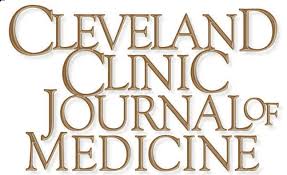Vitamin A toxicity, although often overlooked, can be a significant cause of hypercalcemia. This article explores the mechanisms, clinical implications, and management of excessive vitamin A intake, emphasizing its importance in the differential diagnosis of unexplained parathyroid hormone-independent hypercalcemia. Understanding the different forms of vitamin A, their absorption, and potential health consequences is crucial for accurate diagnosis and appropriate patient care.
Key Points:
- Vitamin A exists in two forms: preformed (retinoids) and precursor (carotenoids). Toxicity occurs only from over-ingestion of preformed vitamin A.
- Absorption of preformed vitamin A is highly efficient (70-90%) and minimally regulated, while carotenoid absorption is less efficient (9-22%) and decreases with excessive intake.
- Chronic ingestion of vitamin A above the recommended daily amount (700-900 μg RAE) can lead to increased bone resorption, reduced bone formation, hypercalcemia, and increased fracture risk.
- Acute vitamin A toxicity can cause multisystem damage, including neurologic, hepatic, musculoskeletal, and dermatologic manifestations.
- Serum retinol levels can aid in diagnosis but may not accurately reflect total body vitamin A stores.
- Treatment involves discontinuing vitamin A sources and providing supportive care. Normalization of levels can take several months due to vitamin A’s long half-life (128 days).
- Over-the-counter supplements are the most common source of excessive preformed vitamin A intake, with 28-37% of the US population reporting multivitamin use.

HCN Medical Memo
Physicians should consider vitamin A toxicity in cases of unexplained hypercalcemia, particularly when parathyroid hormone levels are suppressed. Careful evaluation of dietary supplements and over-the-counter multivitamins is crucial, as these are common sources of excessive preformed vitamin A intake.
More on Hypercalcemia
 PATIENT EDUCATION
PATIENT EDUCATION  OBESITY/WEIGHT MANAGEMENT
OBESITY/WEIGHT MANAGEMENT  EXERCISE/TRAINING
EXERCISE/TRAINING  LEGAL MATTERS
LEGAL MATTERS  GUIDELINES/RECOMMENDATIONS
GUIDELINES/RECOMMENDATIONS 